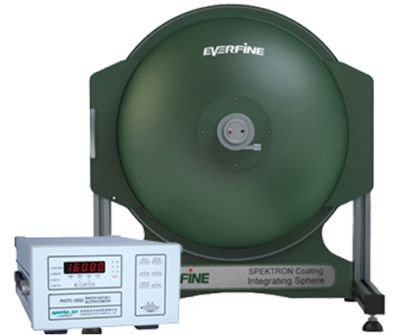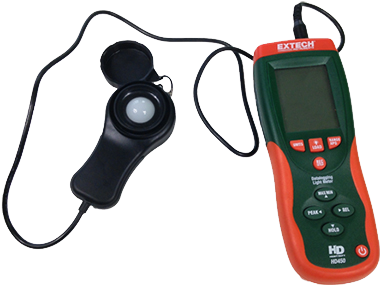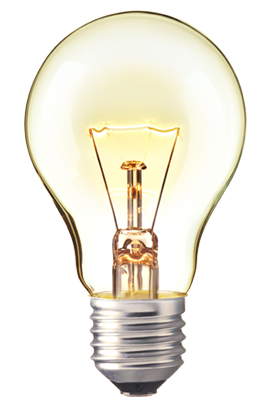
Brightness Unit Clarification
What is the difference between Lumens, Lux and Watt?
Things to remember about light and lumens
Read more about lumens, lux and watt on this page

Lumens, lux, watt? It is easy to get confused about the different terms that are used, when buying a new flashlight or headlamp. Below you will be able to read more about 3 of the terms, Lumens, Lux and Watt.
Things to remember:
Many manufactors promise a much higher amount of lumen than the product delivered.
Look for Lumens not the amount of Watts
Lumens measure total amount of light output
Lux measure light intensity
Lumens does not equal perceived light quality
Lumens and light
Luminous flux is know as Lumens and is a unit of light
LM (Lumens) is a measurement unit, which tells what the total amount of light emitted from a flashlight or headlamp. You can roughly say that the more Lumens the brighter the light. 
When we test and compare our products, we use lumens to see the total amount of light output.
When we measure the amount of lumens, we use a highly specialized light sphere. We have one at our factory to ensure that each batch is perfect and delivers what we promise.
Most flashlights and headlamps quickly drop in lumens and promise a higher lumens output than they can achieve. To prevent this in our products, we perform light tests on all of our products to ensure that the lumens value is correct. In order to get a constant light output, we use a Constant Current Output technology in some of our products in order to get the highest possible light output for the entire life of the battery.
Lux and intensity
Lux is a unit of light measurement where the area is also taken into account. 1 lux equals 1 Lumen/m2, in other words – light intensity in a specific area
Lux is used to measure the amount of light output in a given area. One lux is equal to one lumen per square meter. It enables us to measure the total “amount” of visible light present and the intensity of the illumination on a surface.
We use lux because it is an efficient measurement for determining what we see as the brightness of a beam. If the light output is focused on a small area, we see this as very bright light. If the light output is spread in a wide beam over a greater area, we experience this as a weaker light. This is why we use reflectors machined out of massive aluminum, and high quality optics to control the path of light, creating the desired beam pattern with a minimum loss of light.
Can I use Watt to determine the power of a flashlight
Watt is a unit for power consumption 
The short answer is no, Watt shows how much energy the product consumes, not how much light output (lumens) it provides. That is why you should not look for the amount of watt consumed, when buying any kind of light. It will only tell you how quickly it will drain the battery, and not how much light it produces.
It is also worth to know that 1Watt halogen and 1 Watt LED do not produce the same amount of light. The LED Chip is more efficient and will convert much more energy to light than the halogen bulb.
It is important to keep in mind that the more power consumed the more heat is produced, and heat will always result in a loss of energy. That is why all of our flashlights and headlamps are equipped with a solid metal heat sink, which uses the entire device to efficiently divert the heat throughout the core structure. This will ensure a stable high light output for a much longer period, and prolong the lifetime of the LED Chip.
